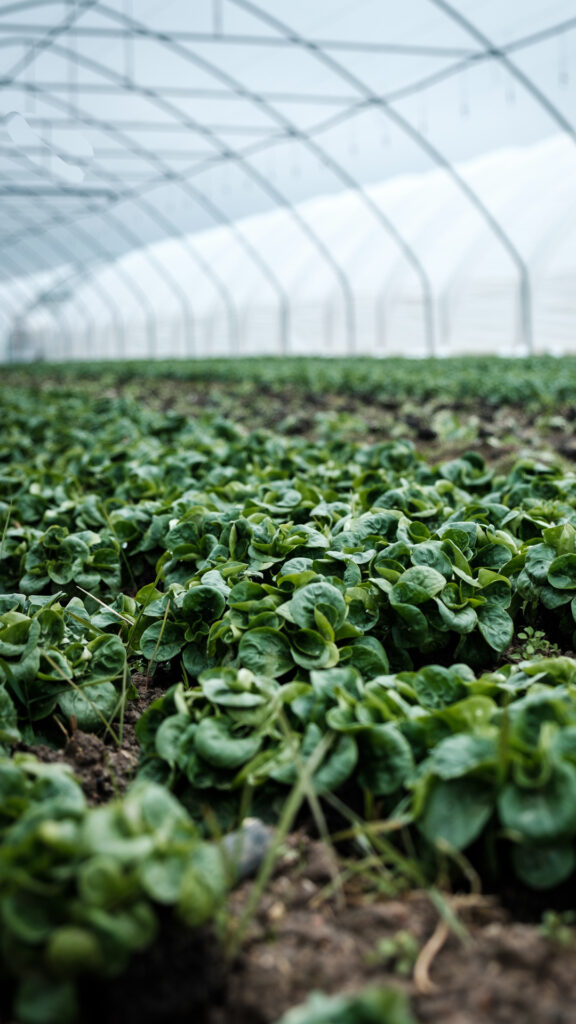Agrak is the software that will help you make your harvest more productive. In addition, it will help you save costs and have more time for yourself.
Although Agrak specializes in crops, we want to help the farmer in all aspects, so whether you use an extensive or intensive farming system, Agrak will be there to help you.
It is generally known that extensive and intensive farming are two very different approaches to agricultural production. In order to be clear about each working method, we are going to explain the main differences between these two forms of agriculture.

Extensive agriculture involves the use of large areas of land and a low density of plants or animals per hectare.
In general, extensive farming is used for crops that require a lot of space, such as wheat, corn or soybeans.
Production systems in extensive agriculture tend to be less intensive in terms of investment in fertilizers, pesticides and other inputs, and rely more on the natural resources of the soil and climate.
On the other hand, intensive agriculture involves a high degree of investment in capital and technology to produce a larger quantity of crops or animals in a smaller space.
This is achieved through the use of advanced technologies, such as irrigation, genetic selection, feeding and precise nutrient management.
Intensive agriculture is often used for the production of highly profitable crops, such as fruits, vegetables and flowers, as well as for raising farm animals.
En summary, the main difference between extensive and intensive agriculture is the amount of capital investment, technology and management required to produce a given amount of crops or animals on a given area of land.
Extensive agriculture focuses on the use of large extensions of land, while intensive agriculture focuses on the intensive use of resources in a smaller space.
Did you know all these differences?
Our sales team will contact you to choose the best plan for your needs.